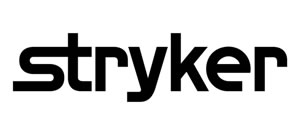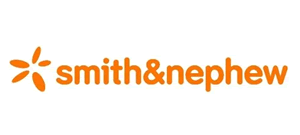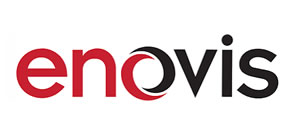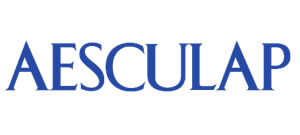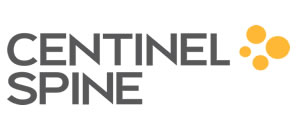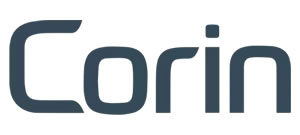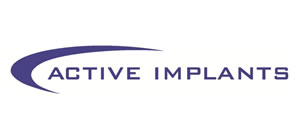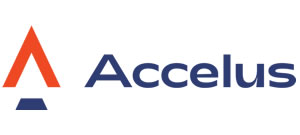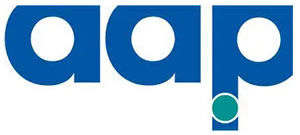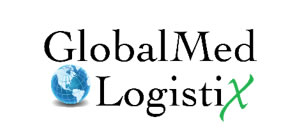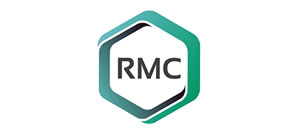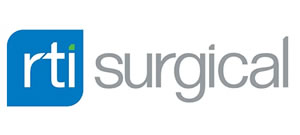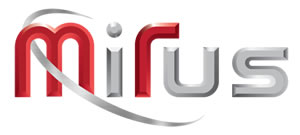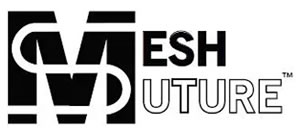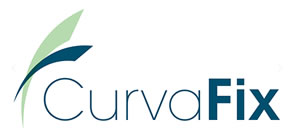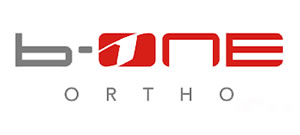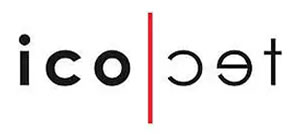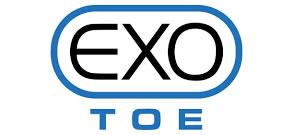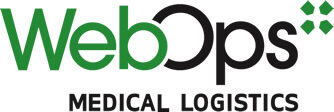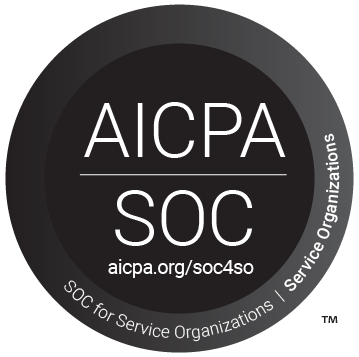In Medical Logistics, There's No Room for Error
The industry's global leader - WebOps always delivers
We invented web-based medical logistics
WebOps was the first to develop an online software solution to revolutionize the medical logistics industry. In fact, our name reflects how early we were in the space – we moved our customers from paper-based operations to web-based operations, hence WebOps. Since day one, it’s been our singular focus to continually enhance and improve the way medical logistics works and performs. We lead the industry in:
- Configuration – Tailoring a solution that fits your specific needs — all on a single platform that updates easily and efficiently.
- Implementation – We measure our install times in days, not months.
- Reliability – We deliver on what we promise.
0k+
Daily Global Users0+
Customers and Partners0+
Years in Users Hands0m+
Surgeries Tracked0k+
Surgeries a Month0
Continents in Use DailyAlways accurate information
Manufacturers, distributors and third-party logistics companies, get invaluable data insights and tools to optimize medical device inventory management, reduce expenses and ensure that essential supplies are readily available where needed, when needed.
Automation at your fingertips
Sales representatives get a mobile app interface to post new cases to your case schedule, make product requests, document what was implanted during the surgery and receive up to date contract pricing.
Reach out today so we can tailor solutions that perfectly fit your needs
Just Some Of Our Amazing Clients
We’re more than your software provider – we’re your partner
